Description
An inorganic compound with the chemical formula N2H4, which has the same order as ammonia, is called Hydrazine. This substance is in the form of an oily and colorless liquid that smells like ammonia. This compound is highly toxic and flammable. In case of combustion, it emits toxic fumes, nitrogen oxide and ammonia.
Physical and chemical properties:
| Molecular Weight | 32.046 g |
| Synonym | HYDRAZINE, Diamine, Diazane, Levoxine |
| Boiling point | 236.3 ºF |
| Melting point | 36ºF |
| Density | 1.011 at 59 °F |
| Solubility |
It dissolves in water at 25ºC Miscible with methyl, ethyl, propyl, isobutyl alcohol Very soluble in ethanol and methanol |
Production:
This material is made in a two-step process.
- First step: reaction of sodium hypochlorite and ammonia to produce chloramine (NH2Cl) and sodium hydroxide.
- Second step: reaction of chloramine, ammonia and sodium hydroxide to produce Hydrazine, sodium, chloride and water.
To avoid unwanted side reactions that reduce the yield of Hydrazine, these reactions should be performed in the presence of colloidal materials such as gelatin, glue or starch.
In an old method, they used the reaction of sodium hypochlorite with urea to produce Hydrazine.
Hydrazine uses:
This substance is a reducing agent and very reactive and has many uses in different industries and medicine. In psychiatry, derivatives of this substance are used as antidepressants. It is present in various industries as a catalytic precursor.

This compound is present in agricultural and photographic chemicals, pharmaceutical intermediates, textile dyes, and fuel for rockets and spacecraft. It is also used in nuclear power plants as an oxygen absorber to control dissolved oxygen concentration to reduce corrosion.
MSDS:
Wear safety equipment such as masks, goggles, gloves and protective clothing when working with chemicals such as Hydrazine.
- This material is very dangerous, corrosive and flammable.
- Avoid eating, drinking and smoking while working with it.
- Contact of this substance with the skin causes burns or allergic reactions. In case of contact, change the contaminated clothes and wash the area with plenty of water.
- Inhalation of this substance can be fatal. After inhalation, get out of the work environment and breathe fresh air.
- This substance may cause cancer.
- Use safety equipment to carry this material and wash your hands and face after handling.
- Work with it in the open air or in a well-ventilated environment.
- Store in a dry, cool place with proper ventilation and in a closed container.
Reduce the risks of working with this chemical by following the safety tips.
Conclusion:
Hydrazine is a very dangerous, corrosive and flammable mineral compound. This material has many uses in various industries such as agriculture, medicine and pharmaceuticals.
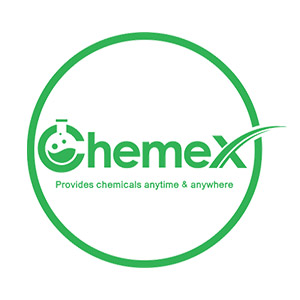
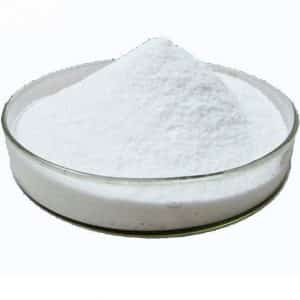
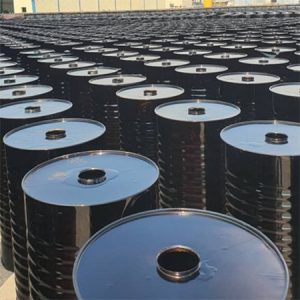
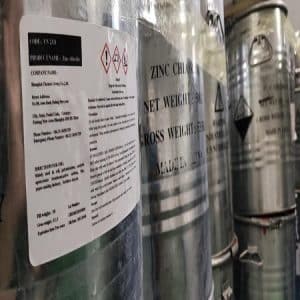
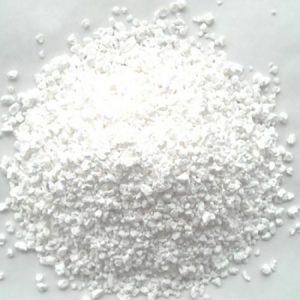
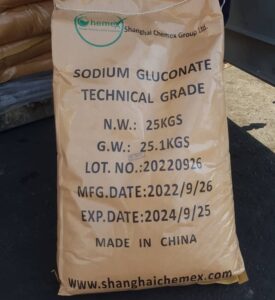
Reviews
There are no reviews yet.